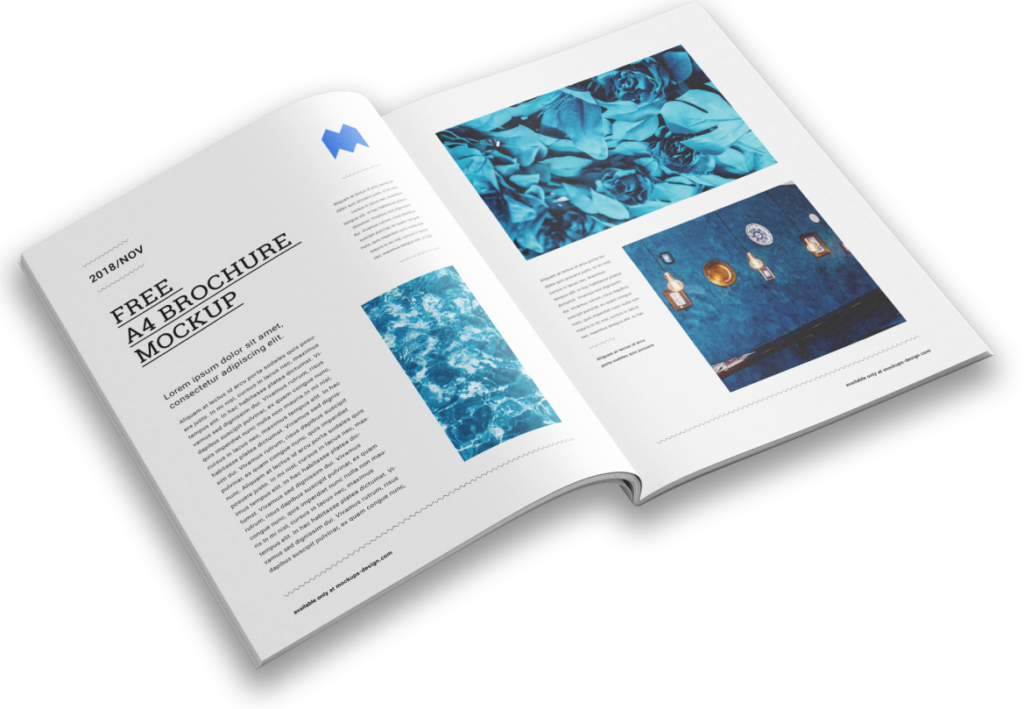An unprecedented cost-of-living crisis is reshaping the UK credit landscape
Its impact is being felt across all UK households, and whilst its effect may be different for individuals, its reach is all encompassing. Download our guide on navigating this new credit landscape. In this new landscape, well-worn indicators of consumer stress – such as unemployment – are no longer the best predictors of ability to pay. Instead, the focus has shifted to understanding real disposable income.
Lenders who can understand the nuances and complexity in granular detail to determine risk and spot growth opportunities will be the winners in this new landscape.
Download this whitepaper to help guide you through the new UK credit landscape.
The first signs of stress appearing
The credit market has recovered well from lockdown measures: all sectors except personal loans have recovered to pre-Covid new business volumes, and the UK economy is strong despite the ravages of the pandemic. However, we can now see the first signs of stress appearing amongst consumers.
Current-account balances are falling
Credit-card balances are rising
Overdraft use is rising
Collections cases rose 7% between December 2021 and February 2022
In this insight report we cover:

the rapid recovery of the UK economy and credit markets post pandemic
test
the evolving nature of the cost-of-living squeeze and its impact on credit markets
test
the key features of the new credit landscape
test
what this landscape looks like for consumers
test
A rapid recovery:
The UK economy and credit markets in March 2022
Strong bounce in GDP
The economy roared back into life as the lockdown eased in the summer of 2020, and it kept growing in 2021 despite a second national lockdown. It has regained its pre-Covid size. In 2021 GDP grew by 7.5% – the fastest rate in the advanced world. Growth is flattening, but Experian’s economists still predict that UK GDP will grow by another 4.7% in 2022.

Unemployment low
The UK unemployment rate is back at pre-pandemic levels. This is unexpectedly good news: early in the pandemic many predicted it would soar beyond 10%. Unemployment has in the past been a key predictor of a borrower’s likelihood of default, though this pattern is becoming significantly more complex as more people have changed jobs, switched to flexible working or opted out of full-time employment.
Credit delinquency low
The credit market has been buoyed by low levels of defaults. Strikingly, delinquency fell during the pandemic, with many consumers cutting spending, repaying debt and, in some cases, receiving government and/or lender support that enabled them to meet repayments more comfortably.

New-agreement volumes recover
New credit agreements bounced back by 8% in 2021, driven mainly by demand for credit cards. By early 2022, monthly application volumes were back at or above pre-pandemic levels in all credit markets except loans. The UK credit market has come out of the pandemic in robust shape.
Current-account balances down
The growth in current-account balances over the pandemic seems to have peaked. Aggregate balances are now slowly falling (Experian data).
Overdraft usage up
From a low base, overdraft balances are trending upwards – suggesting that more consumers are needing more leeway to meet costs (Experian data). 4.6m current accounts are in overdraft, up 17% from the low point in May 2021.

Delinquency edging upwards
The total volume of collections cases fell during the pandemic but increased by 7% between December 2021 and February 2022 (Experian data).
At the point of writing, the first signs of stress among borrowers are becoming apparent. These trends are likely to continue in the coming months as the impact of inflation, price rises and shrinking disposable income grows.
The cost-of-living crisis: Record falls in real disposable income
According to the Bank of England (BOE), real income will be squeezed harder in 2022 than at any time since the Second World War. The BOE estimates that real incomes – a measure of the actual purchasing power of what we earn – will fall by 2%.
Did you enjoy the read?
Download the full paper on navigating this new credit landscape
Discover how you can manage risk and seize opportunities during the cost-of-living squeeze and beyond.










